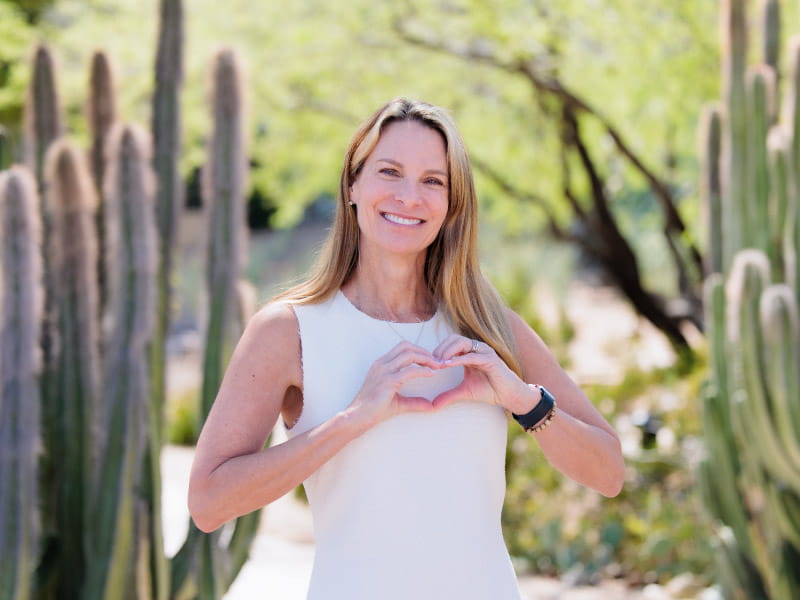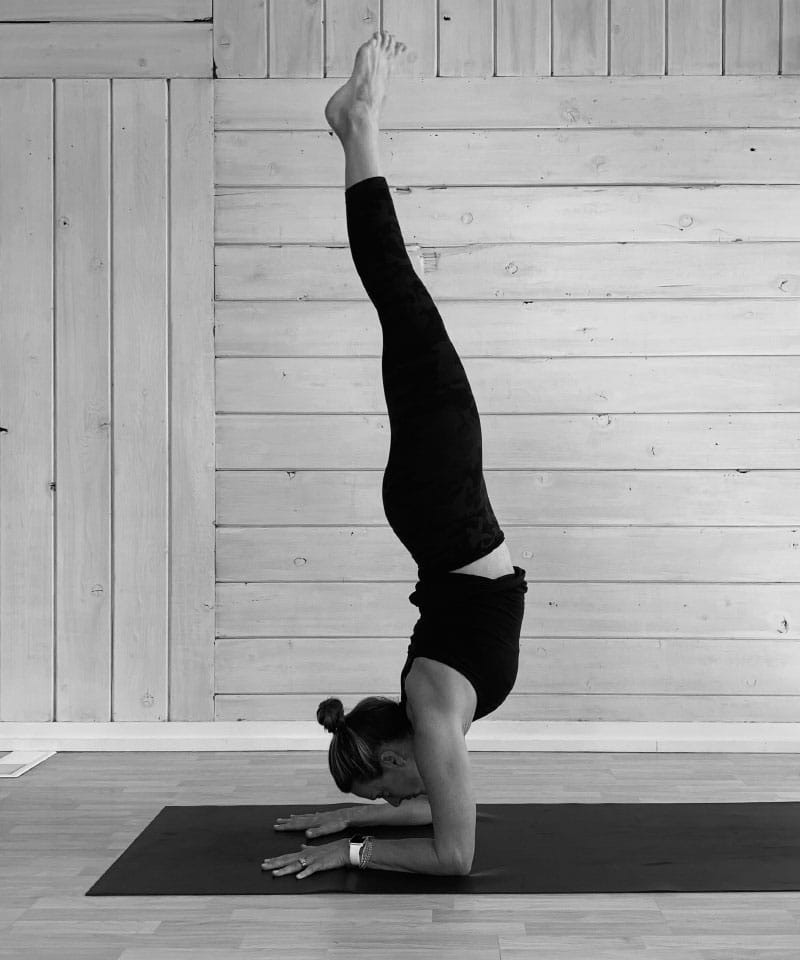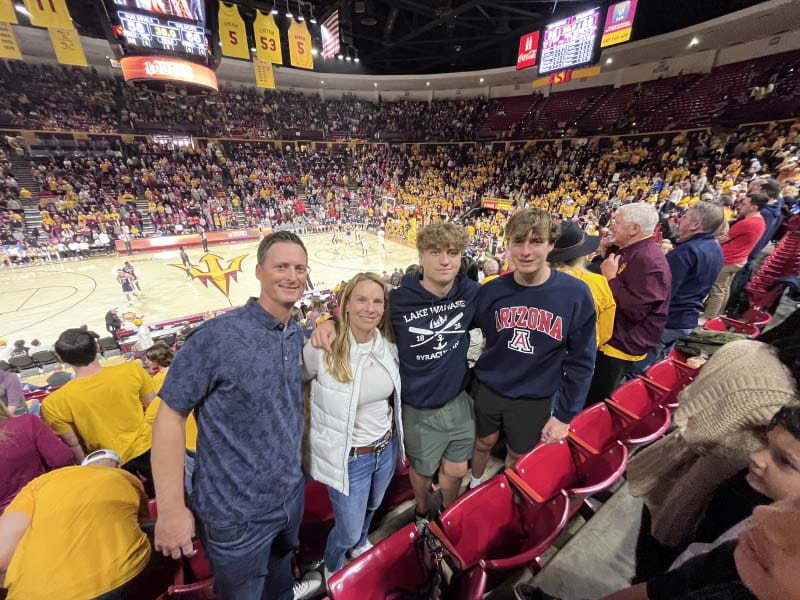Getting the mail left her chest feeling hot and cold. She was having a heart attack.
By Jodi Helmer, American Heart Association News

Mark Christofferson pulled up to the hospital, jumped out of the car and raced inside for help.
"My wife doesn't feel good," he told the nurses. "I have no idea what's going on, but I think it might be a heart attack."
A few hours before, Marcie Westwater had gone to fetch the mail at the Phoenix office she shared with her husband. Having gone on a strenuous hike the day before, going down four flights of stairs, then back up, should've been a breeze. But this left her feeling pressure and hot and cold sensations in her chest.
Westwater had never had COVID-19; is this what it feels like, she wondered. She hoped a nap would help. Christofferson was driving her home when she realized something far more serious was happening and told him to take her to the hospital. He made the 2.5-mile drive as fast as possible. And now, hospital staff were following him back out to the car.
Westwater was unresponsive in the back seat. Caregivers placed her on a stretcher and started chest compressions while she was still in the parking lot. Once she was in the hospital, doctors shocked her with a defibrillator three times to restore her normal heart rhythm.
The cardiologist wanted as much information from Christofferson as possible to make a diagnosis: Had Westwater been drinking, smoking, using drugs? No, no and no. Westwater spent her free time hiking and doing yoga. She was a healthy, active 53-year-old woman.

Westwater was diagnosed with spontaneous coronary artery dissection, or SCAD, a tear in the wall of an artery that slows or blocks blood flow to the heart. She had an 80% blockage in a coronary artery, prompting a procedure to insert a stent to restore proper blood flow.
The problems, however, continued.
Westwater's heart wasn't strong enough to pump enough blood and oxygen to her brain and other vital organs, a condition called cardiogenic shock. Doctors inserted a temporary artificial heart pump to maintain blood flow to prevent heart and organ failure and neurological damage.
She woke up in the intensive care unit the following morning. Doctors explained what happened. The nurses who went in and out of the room checking her vitals and administering medications called her a "miracle."
"I just smiled," Westwater said. "I couldn't begin to express my gratitude at the time, but I remember feeling a sense of hope." Although Westwater was grateful to be alive, she worried that the damage to her heart might limit her. She wanted to go snowboarding with her kids, hike the rim of the Grand Canyon and go on a yoga retreat in Costa Rica.
On Dec. 10, 2022, four days after she was admitted to the hospital, Westwater was discharged with instructions to begin cardiac rehabilitation. Compared to her pre-SCAD workout routine, cardiac rehab was basic. That was a good thing.
"I needed the confidence that my heart would hold up and to be in an environment where I got feedback on (a heart monitor) to see how far I could push myself," she said.
Westwater connected with other SCAD survivors. Learning about their physical and emotional journeys to recovery helped.
Three months after she was discharged from the hospital, Westwater resumed all of her favorite activities. Doctors said she bounced back quickly because of how fit she'd been before her cardiac event.
Now, more than a year since getting that green light, she spends her free time snowboarding, practicing yoga and hiking. She even learned to wake surf with family friends last summer. She also has a new perspective on all the activities she enjoyed before her heart attack.
"I didn't realize it at the time," Westwater said, "but I had been training for the greatest unexpected medical event of my life."

Editor's note: While the circumstances of this story involved a car trip to the hospital, the American Heart Association recommends calling 911 for an ambulance in the event of a cardiac emergency.
Stories From the Heart chronicles the inspiring journeys of heart disease and stroke survivors, caregivers and advocates.





